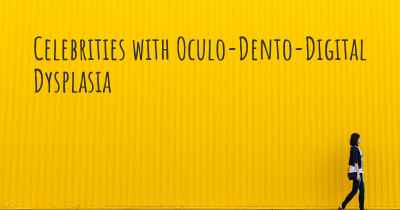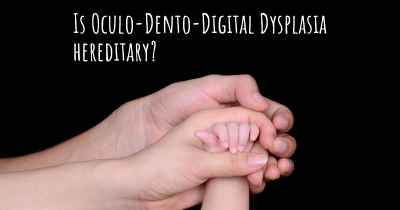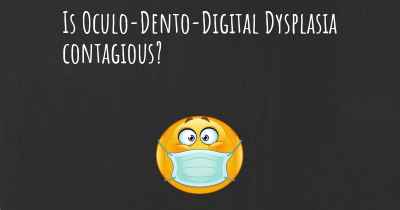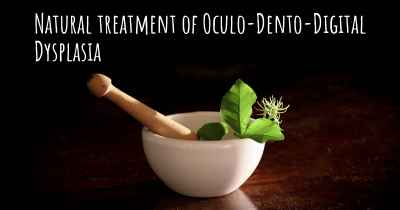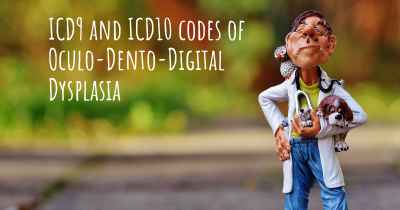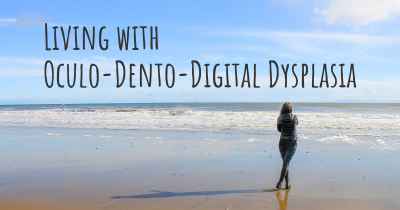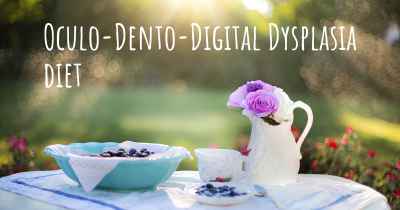Is it advisable to do exercise when affected by Oculo-Dento-Digital Dysplasia? Which activities would you suggest and how intense should they be?
See if it is advisable for people with Oculo-Dento-Digital Dysplasia to practice sports and which ones are the most recommended if you have Oculo-Dento-Digital Dysplasia
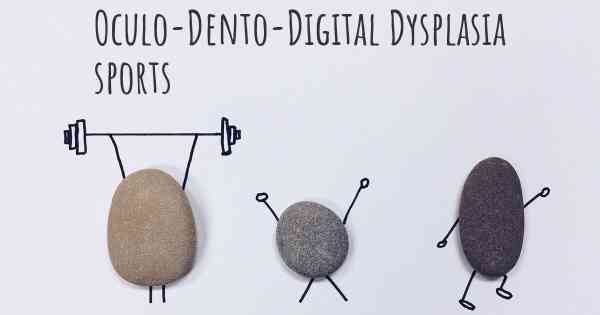
Oculo-Dento-Digital Dysplasia (ODDD) is a rare genetic disorder that affects various parts of the body, including the eyes, teeth, and fingers. It is characterized by a range of symptoms such as vision problems, dental abnormalities, and finger deformities. When it comes to exercise, it is important to consider the specific limitations and challenges that individuals with ODDD may face.
Before starting any exercise program, it is crucial to consult with a healthcare professional or a physical therapist who is familiar with ODDD. They can provide personalized guidance and recommendations based on the individual's specific condition and needs.
While exercise can be beneficial for individuals with ODDD, it is important to choose activities that are low-impact and non-strenuous to avoid exacerbating any existing symptoms or causing further damage. Here are some suggested exercises:
- Walking: Walking is a great low-impact exercise that can be easily modified to suit individual fitness levels. It helps improve cardiovascular health, maintain joint mobility, and strengthen muscles without putting excessive strain on the body.
- Swimming: Swimming is another excellent exercise option for individuals with ODDD. It is a low-impact activity that provides a full-body workout while minimizing stress on the joints. Swimming can improve cardiovascular fitness, muscle strength, and flexibility.
- Yoga: Yoga focuses on gentle stretching, breathing exercises, and relaxation techniques. It can help improve flexibility, balance, and overall well-being. However, it is important to choose yoga poses that do not put strain on the affected joints or fingers.
- Stationary biking: Using a stationary bike is a low-impact exercise that can be easily adjusted to suit individual fitness levels. It helps improve cardiovascular endurance, leg strength, and joint mobility without putting excessive stress on the body.
- Resistance training: Light resistance training with the guidance of a physical therapist can help improve muscle strength and stability. It is important to use proper form and avoid exercises that may strain the affected joints or fingers.
Intensity of exercise should be determined on an individual basis, taking into account the person's overall health, fitness level, and specific limitations due to ODDD. It is important to start slowly and gradually increase the intensity and duration of exercise over time, while monitoring any symptoms or discomfort.
Remember, it is crucial to listen to your body and not push beyond your limits. If any exercise causes pain, discomfort, or exacerbates symptoms, it should be discontinued, and a healthcare professional should be consulted.
In conclusion, individuals with Oculo-Dento-Digital Dysplasia can engage in exercise, but it is important to choose low-impact activities and consult with a healthcare professional or physical therapist for personalized guidance. Walking, swimming, yoga, stationary biking, and light resistance training are some suggested exercises. The intensity of exercise should be gradually increased while monitoring any symptoms or discomfort. Always prioritize safety and listen to your body when engaging in physical activity.

